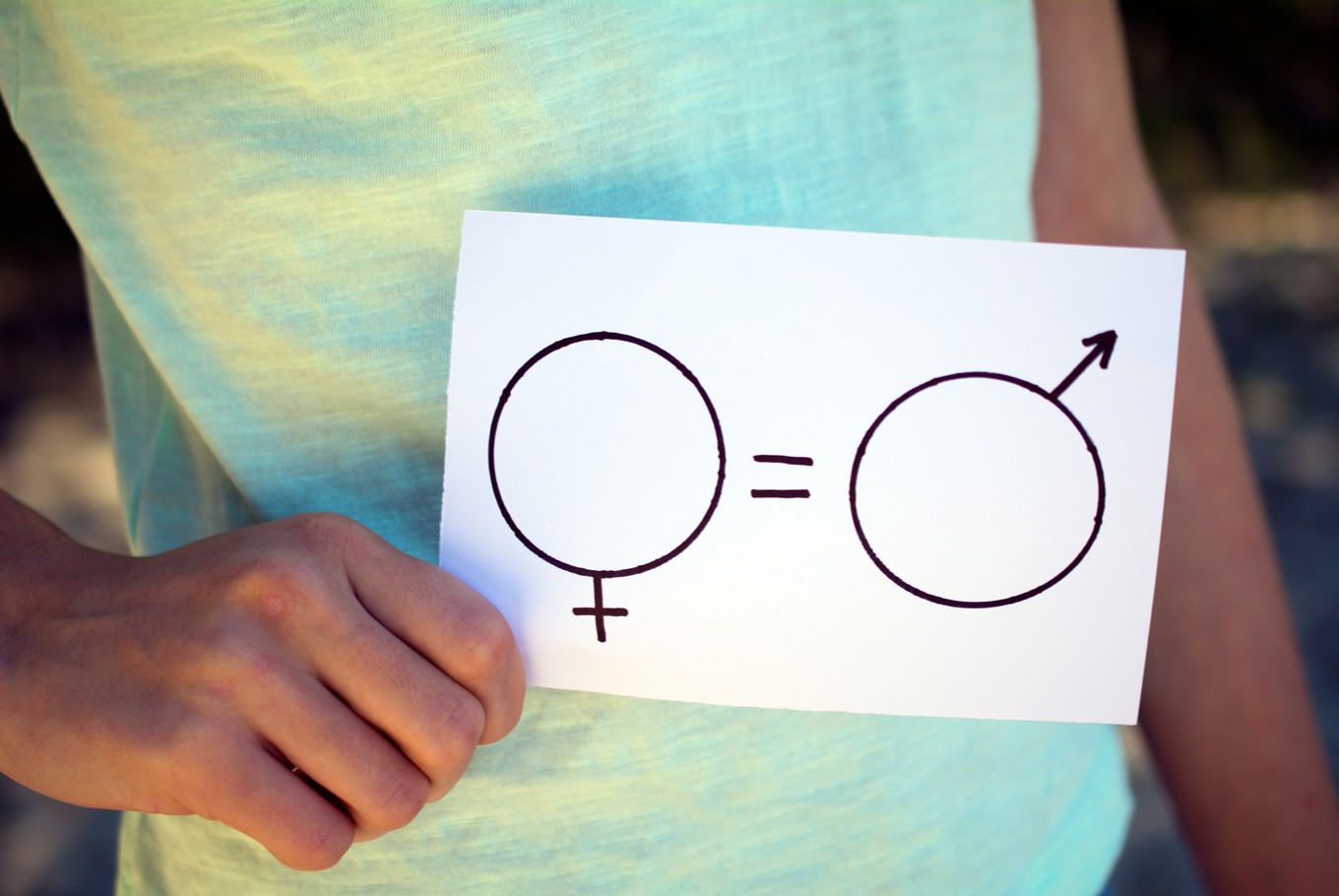Popular Reads
Top Results
Can't find what you're looking for?
View all search resultsPopular Reads
Top Results
Can't find what you're looking for?
View all search resultsSeoul sees ratio of men-to-women hit record low of 94.8
Change text size
Gift Premium Articles
to Anyone
T
he female population overtook the male population five years ago in South Korea. The turning point was June 2015, when the gender ratio fell to 99.9 -- the first time in history it had dropped below 100 since the nation began compiling relevant data.
According to the Ministry of Interior and Safety, women outnumbered men by 131,534 as of June 2020. The sex ratio, or the number of men per 100 women, posted an all-time low of 99.49 last month.
Seoul recorded the lowest ratio of males to females, 94.8 per 100 or 4.73 million to 4.98 million. Women in the capital have tended to outnumber men for more than a decade.
The sex ratio in Seoul’s population slid by 0.5 percentage point, from 95.3 in June 2019, and by 2.2 percentage points from 97 in June 2015. The figure for June 2020 marked an all-time low.
Busan was not far behind with a sex ratio of 96.1, followed by Daegu at 97.5
Gwangju ranked fourth-lowest with the ratio of 97.9, followed by North Jeolla Province at 98.8, Sejong at 99.4 and Daejeon at 99.7.
In contrast, the remaining 10 of the 17 major population areas in Korea still saw men outnumber women. In this regard Ulsan, a manufacturing-oriented city, topped the list with a sex ratio of 105.7.
The second and third-highest were South Chungcheong Province with 104.1 and North Chungcheong Province with 102.7.
Gyeonggi Province, the nation’s most populous area, posted a sex ratio of 101.2 with 6.71 million males and 6.62 million females. Other areas that hovered around the 100 mark included Incheon, Jeju Province, North Gyeongsang Province and South Gyeongsang Province.
“The gender ratio showed deviations among the nation’s eight major cities and nine provinces,” a government official said. “The disparities stem from regional characteristics such as urbanization and the presence of farming communities, service industries, military zones and manufacturing towns.”
Meanwhile, the recent change in the sex ratio in Korea could be attributable to women’s longer lifespan compared to men.
Interior-Safety Ministry data showed that the number of men between 70 and 79 was 1.64 million across the nation as of June 2020, while the figure for women in the corresponding age group tallied 2.01 million.
The demographic disparity was even more pronounced for people aged 80 and over: The figures for those in their 80s were 588,000 (men) to 1.09 million (women). For those in their 90s, the gulf was still wider at 54,000 to 188,000 and for centenarians it was 5,133 to 16,001.
According to some genetics research across the globe, the probability of male newborns slightly exceeds that of female newborns. While Korea also sees the same probability, the childbirth gap between boys and girls has been narrowing as the preference for sons is drastically waning.
The ratio of boys born per 100 female babies exceeded 110 in the 1990s, according to some unofficial statistics.
The sex ratio among newborns has been about 105 or under over the past few years.










